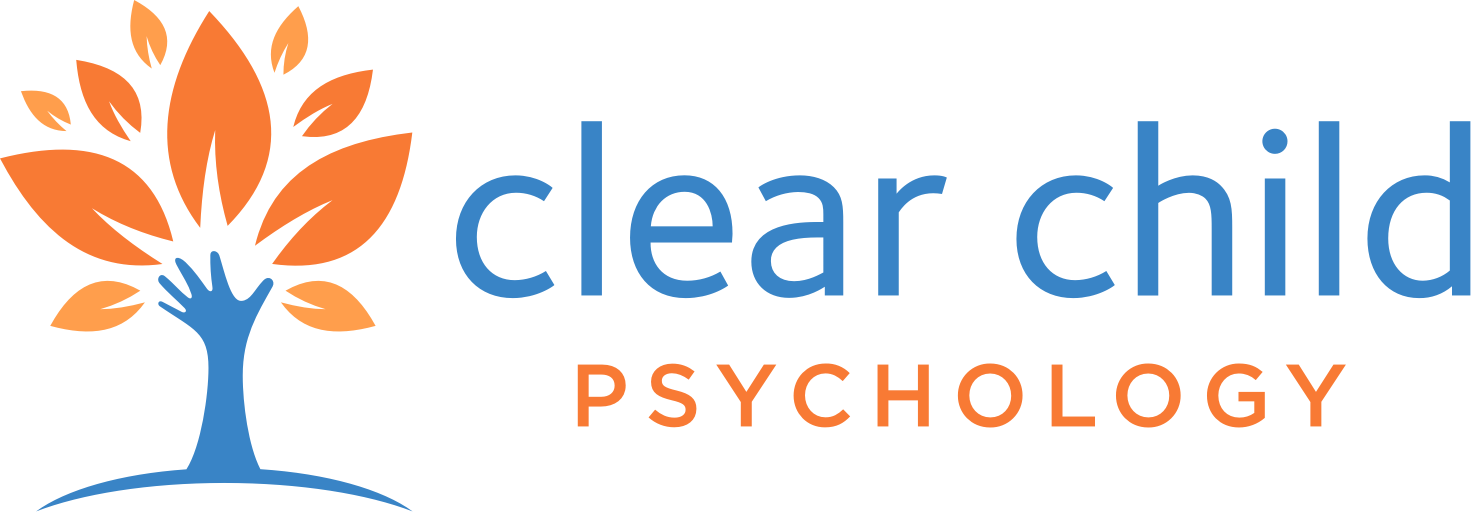After their undergraduate degree, pediatricians complete 4 years of medical school. The first year of medical school is primarily basic science classes in such areas as physiology, biology, and chemistry. The second year of medical school focuses on pathophysiology, which is the physiology of diseases. After that, the last two years constitute the medical rotations. The first rotation may be in OB-GYN, pediatrics, surgery, internal medicine, outpatient pediatrics, and others. Then, medical students interested in pediatrics are able to choose a subspecialty rotation, such as neonatal or pediatric intensive care, pediatric cardiology, pediatric neurology, or pediatric gastroenterology. Then, they complete a three-year residency. During this residency, the doctor has little choice in the first year about where she/he is assigned and is under fairly close supervision, typically serving in the general outpatient clinic, the inpatient wards, and the neonatal intensive care unit. In the second and third years, he or she will supervise first year residents while also being supervised by higher level doctors and will have the opportunity to serve in sub-specialty areas such as pediatric orthopedics, pediatric surgery, and the pediatric medicine areas mentioned above. Finally, some doctors complete a Fellowship year or two. Generally, Fellows conduct research and clinical consultations. After completing medical school, pediatricians generally join a practice with other doctors, allowing them to share on-call responsibility and administrative duties and costs. Some pediatricians may work in teaching hospitals and clinics while most work in private practice, in clinics and/or hospitals. Some few work in public health or other government medical settings.

